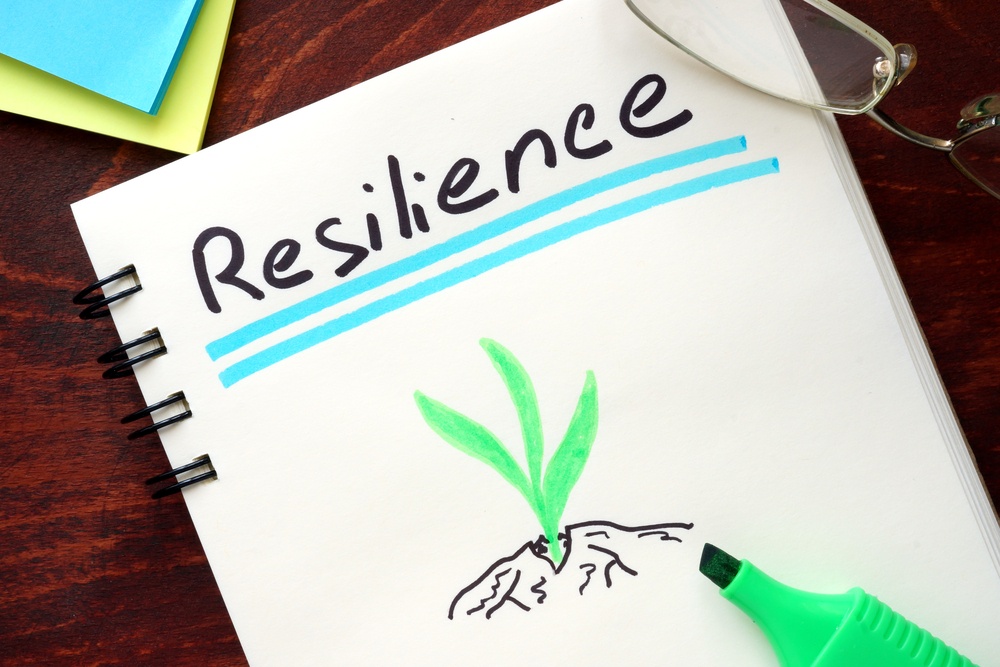I have noticed over the last six months that several people have commented on having feedback from their senior manager about being a more resilient leader.
Don’t get me wrong this is all well and good except when you are left without direction on what specifically you can do to build and demonstrate your resilience as a leader.
What I am going to cover in today’s post is; why resilience is necessary as a leader and 5 strategies on how you can develop your resilience.
Firstly, let’s think about the word resilience.
For many of us, it may conjure up an image of someone who has just completed ten marathons in 10 days, a ‘tough mudder’ challenge or someone who has experienced a series of life-changing setbacks and yet continues to live life to the full.
Either way, I imagine few of us think about a leader and the gruelling year they have had overcoming one hurdle after another, pushing through barriers and breaking down walls, (metaphorically speaking of course) who came out a better leader and person.
There is no doubt personal resilience is essential, and it is a critical requirement for effective leadership.
Why Resilience Is Necessary As A Leader

A leader’s true mettle is not how they perform when everything is going well but how they display, courage, emotional strength and professionalism when their company and team members are experiencing a huge change in difficult and trying times.
It’s simply not possible to demonstrate resilience unless you have earnt your ‘stripes’ by facing those difficulties head on and coming through the other side intact.
Typical examples in the life sciences industry would be when a leader leads their team through a merger, acquisition, restructuring, a product licensing issue or the disappointment of yet another development product that is dropped from the next stage of clinical trials.
Fact: We are living in times where change is a constant and hence the need for leaders to build their resilience has probably never been greater, so let’s look at how you can build and develop yours.
Strategies For Building Resilience As A Leader
1. Maintain Your Wellbeing
It’s easy when times are difficult to adopt the “work harder and longer hours” mentality and sacrifice self. Stop, it doesn’t work. If you read any book written by a successful entrepreneur they will all describe how they put their health and wellbeing first. They exercise, eat healthily and get plenty of sleep. They make sure they have quality recovery time.
2. Communicate Powerfully and Consistently

Some leaders will often act individually and not keep their team up to date on what’s happening and what they are doing. In the training world, there is a term called ‘signposting’. This is about communicating to participants what the trainer’s intentions are and what’s coming next in the workshop or training programme.
The most resilient leaders are effective at communicating their intentions or signposts to others. They are keen to help their team understand a new strategy or direction. Effective and consistent communication helps others understand changes, expectations and new directions.
3. Build Strong And Trusting Relationships
Resilient leadership occurs when people can bring others along. By building trust and being open to differences, these leaders can create strong teams by building strong positive relationships. An individual may be willing to make a dramatic change, but it requires positive relationships to get others to support change.
4. Take More Risks
What’s the saying, “If you keep doing the same things you will get the same results”. Resilient individuals are willing to try new ideas and ways of working; they will take bold risks when they believe this is needed; no matter what others might think.
Ask yourself:
- How often do I play safe?
- What makes me decide to do this?
- Where could I be bolder?
- What is stopping me?
It is easy to stay with what’s comfortable, yet this approach only works while things around you stay the same. As we have mentioned, we live in a world that is full of change meaning organisations need to change or die. Resilient leaders are not afraid to take risks and make bold changes.
5. Encourage And Support Others To Develop

Resilient and successful leaders are not only interested in their development, but they are concerned about the development of others too. We will all experience failure at some point in our lives, and this is when we need to tap into our resilience.
Developing others helps everyone to learn from their mistakes. Leaders who want and ask for feedback for themselves are more likely to give productive feedback and coaching to others.
Resilient leaders are perceived more positively in an organisation, but it’s sometimes difficult to understand precisely what a leader can do to be viewed as more resilient. Choosing to improve on even a few of these five strategies will help you to be seen as more resilient.
If you would like help developing your ‘virtual leadership skills’ then do get in touch you can email us here.
Until next time
Julia









